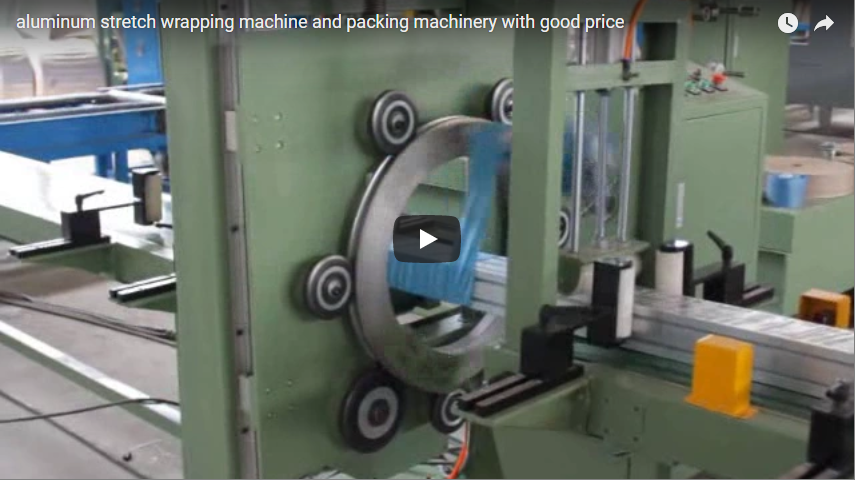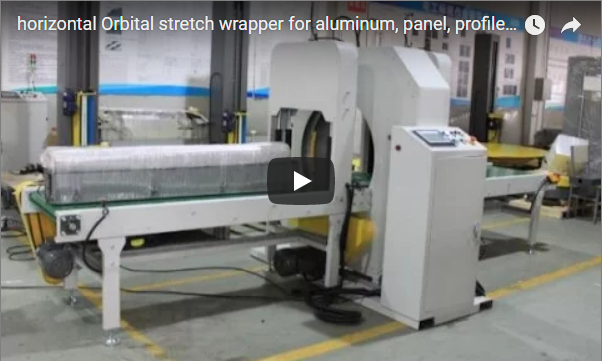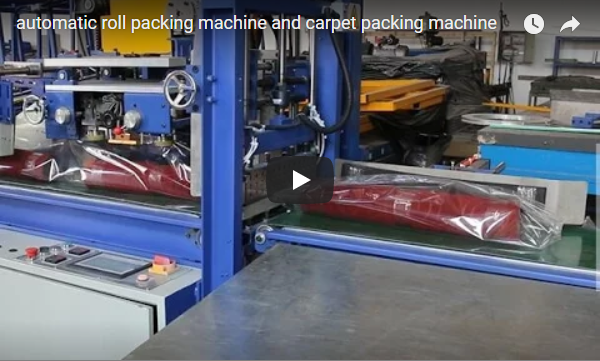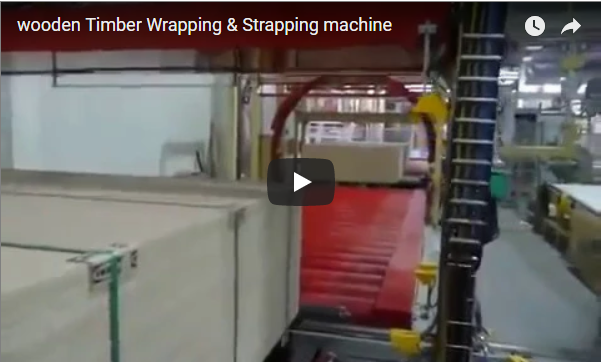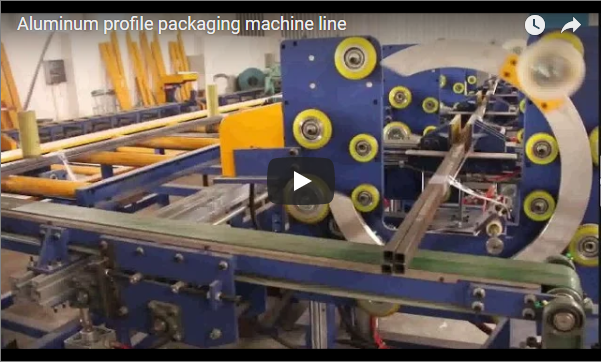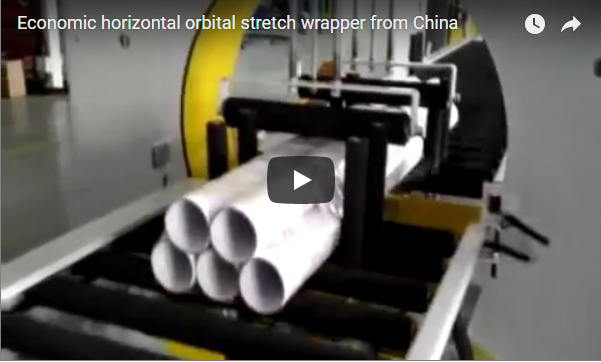Operational Guide: Understanding the Manual Horizontal Wrapping Machine
Manual horizontal wrapping machines, often referred to as orbital wrappers, are specialized pieces of equipment designed for applying stretch film around items that are often long, narrow, or irregularly shaped. Unlike traditional turntable wrappers suited for pallets, these machines excel at securing bundles, pipes, profiles, timber, doors, windows, and other similar products. This guide delves into their functionality, operation, and key considerations.
Video Demonstration
The following video demonstrates a typical manual horizontal wrapping machine in operation:
1. Core Components and Functionality
Understanding the main parts helps in appreciating the machine's operation:
- Wrapping Ring/Turntable: This is the core component. The product is passed through the ring, which rotates around the item, dispensing the stretch film.
- Film Carriage: Mounted on the rotating ring, this holds the roll of stretch film. It often includes a mechanism to control the film tension.
- Tension Control System: Usually a mechanical brake or adjustable clutch on the film carriage. Proper tension is crucial for load stability without damaging the product. The operator typically sets this manually based on the product being wrapped.
- Infeed/Outfeed Rollers or Supports: These help guide and support the product as it passes through the wrapping ring. They are often passive rollers but crucial for handling longer items.
- Operator Controls: Typically simple, often involving a foot pedal or push button to start and stop the ring rotation.
The machine operates on the principle of orbital wrapping: the film roll orbits around the stationary or slowly moving product, applying layers of stretch film for containment and protection.
2. Technical Specifications Overview (Typical Ranges)
While specific models vary, typical specifications for manual horizontal wrappers include:
- Ring Diameter: Commonly ranges from 400mm to 1200mm (approx. 16" to 47"), dictating the maximum cross-sectional dimension of the product that can be wrapped.
- Maximum Product Length: Often theoretically unlimited, practically limited by available infeed/outfeed support and floor space.
- Stretch Film: Designed for standard machine stretch film rolls, typically 76mm (3") core diameter. Film width compatibility might range from 50mm to 250mm (2" to 10").
- Wrapping Speed: Ring rotation speed is often variable but generally lower than semi-automatic or automatic machines, typically controlled by the operator's pace.
- Power Requirements: Usually standard single-phase power (e.g., 110V or 220V AC), making them easy to integrate into various workshop environments.
Note: Always refer to the specific manufacturer's documentation for precise specifications.

3. Operational Best Practices and Experience Sharing
Operating a manual horizontal wrapper effectively involves several steps:
- Film Loading: Securely load the stretch film roll onto the carriage, ensuring it threads correctly through the tensioning system.
- Tension Adjustment: Set the initial film tension based on the product's rigidity and stability requirements. Test on a sample if unsure. Too much tension can crush softer items; too little compromises load security.
- Product Positioning: Place the leading end of the product onto the infeed rollers/support and guide it through the wrapping ring.
- Initiate Wrap: Manually attach the film tail to the product. Activate the ring rotation (e.g., via foot pedal).
- Feed Product Through: Manually push or guide the product through the rotating ring at a steady pace. The speed determines the film overlap – slower feeding results in more overlap and a tighter wrap. Aim for consistent overlap (e.g., 50%) for optimal stability.
- Complete Wrap: Once the entire length is wrapped, stop the ring rotation.
- Cut and Secure Film: Cut the stretch film and wipe the tail against the wrapped product; the film's cling property usually holds it in place.
- Remove Product: Carefully move the wrapped product off the outfeed support.
Safety Note: Keep hands clear of the rotating ring and film carriage during operation. Ensure any safety guards provided are in place.
4. Key Applications and Use Cases
Manual horizontal wrappers are particularly valuable for:
- Linear Products: Pipes, tubes, timber, extrusions (metal or plastic), conduit.
- Bundled Items: Sets of mouldings, flooring planks, small rods, or other grouped items.
- Flat Items: Doors, windows, panels, assembled furniture components.
- Rolled Goods: Carpets, textiles, artificial turf (depending on ring size).
- Low-Volume Operations: Where the investment in semi-automatic or automatic equipment isn't justified.
5. Advantages and Considerations
Advantages:
- Cost-Effective: Lower initial investment compared to automated systems.
- Simplicity: Generally easy to operate and maintain.
- Versatility: Can handle a wide variety of product shapes and lengths that are difficult for other wrapper types.
- Compact Footprint: Often requires less space than larger automated systems.
- Flexibility: Can use various types and gauges of stretch film.
Considerations:
- Labor Intensive: Requires an operator to manually feed the product and control the process.
- Lower Throughput: Wrapping speed is limited by the operator's pace.
- Operator Dependency: Wrap consistency (overlap, tension) can vary between operators or runs.
- Ergonomics: Handling long or heavy items can be physically demanding.
Conclusion
The manual horizontal wrapping machine serves a vital role in packaging operations dealing with long, bundled, or awkwardly shaped products, particularly in low-to-medium volume environments. Its simplicity, versatility, and cost-effectiveness make it an accessible solution for improving load security and protection where full automation is not required. Understanding its operation and best practices allows users to maximize its benefits for efficient and effective packaging.
https://www.fhopepack.com/Stretch_wrapping_machine.html

